The Best Core Exercises for All Fitness Levels
A strong core is essential for stability, posture, and overall fitness. Whether you’re a beginner or advanced, these core exercises can be modified to suit your fitness level. Here are some of the best core exercises for all fitness levels:
Beginner Core Exercises
- Plank
- How to do it: Start in a forearm plank position with elbows under shoulders and body in a straight line. Hold for 20-30 seconds.
- Modification: Drop to your knees if needed.
- Benefits: Builds core endurance and stability.
- Dead Bug
- How to do it: Lie on your back with arms extended toward the ceiling and knees bent at 90 degrees. Lower opposite arm and leg toward the floor, then return to start.
- Modification: Keep one leg stationary while moving the other.
- Benefits: Improves core control and coordination.
- Bird Dog
- How to do it: Start on all fours. Extend one arm and the opposite leg, keeping your core tight. Return to start and switch sides.
- Modification: Perform without extending the leg.
- Benefits: Enhances balance and core stability.
- Glute Bridge
- How to do it: Lie on your back with knees bent and feet flat on the floor. Lift your hips toward the ceiling, squeezing your glutes at the top.
- Modification: Keep both feet on the ground.
- Benefits: Strengthens the lower back, glutes, and core.
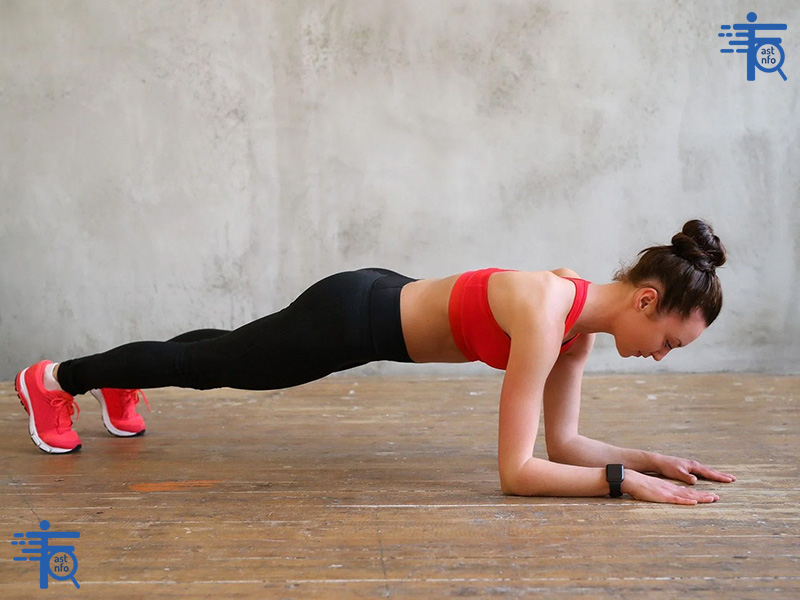
Intermediate Core Exercises
- Side Plank
- How to do it: Lie on your side and lift your body off the ground, supporting yourself on one forearm. Hold for 20-30 seconds per side.
- Modification: Drop to your knees or stack your feet for more stability.
- Benefits: Targets obliques and improves lateral core strength.
- Russian Twists
- How to do it: Sit on the floor with knees bent and lean back slightly. Hold a weight or medicine ball and twist your torso side to side.
- Modification: Perform without weight or keep feet on the ground.
- Benefits: Works the obliques and improves rotational strength.
- Mountain Climbers
- How to do it: Start in a high plank position. Drive one knee toward your chest, then quickly switch legs in a running motion.
- Modification: Slow down the movement or step knees in instead of running.
- Benefits: Combines core strength with cardio.
- Bicycle Crunches
- How to do it: Lie on your back with hands behind your head. Bring one elbow to the opposite knee while extending the other leg. Alternate sides.
- Modification: Perform without twisting or keep feet on the ground.
- Benefits: Targets the entire core, especially the obliques.
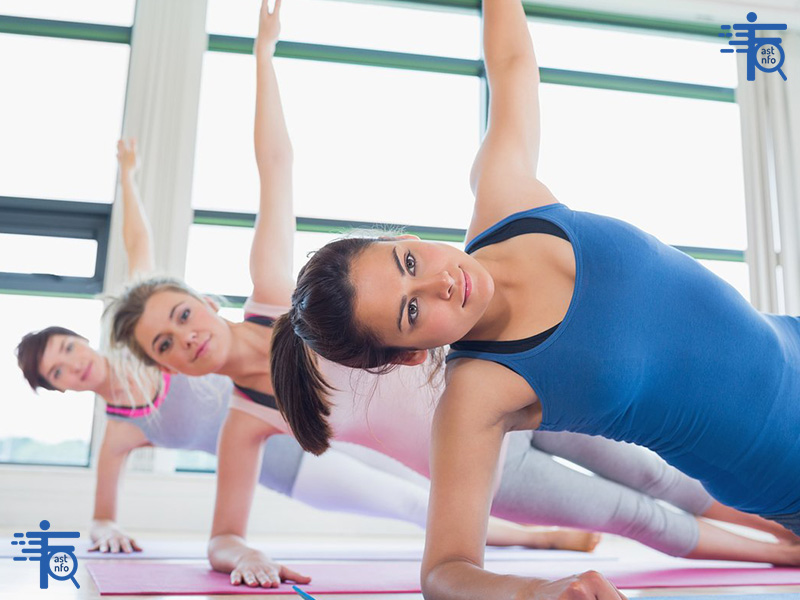
Advanced Core Exercises
- Hanging Leg Raises
- How to do it: Hang from a pull-up bar with arms straight. Lift your legs to 90 degrees, then slowly lower them back down.
- Modification: Bend your knees or perform on parallel bars.
- Benefits: Builds lower core and grip strength.
- Dragon Flag
- How to do it: Lie on a bench and grip the edge behind your head. Lift your body into a straight line, then slowly lower it back down.
- Modification: Perform with bent knees or reduce the range of motion.
- Benefits: Challenges the entire core with a focus on control.
- Ab Wheel Rollout
- How to do it: Kneel on the floor with an ab wheel in front of you. Roll the wheel forward while keeping your core tight, then pull back to start.
- Modification: Roll only halfway or use a stability ball instead.
- Benefits: Builds core strength and stability.
- Plank with Arm/Leg Lift
- How to do it: Start in a high plank position. Lift one arm and the opposite leg, hold for a few seconds, then switch sides.
- Modification: Lift only one limb at a time.
- Benefits: Increases core and shoulder stability.
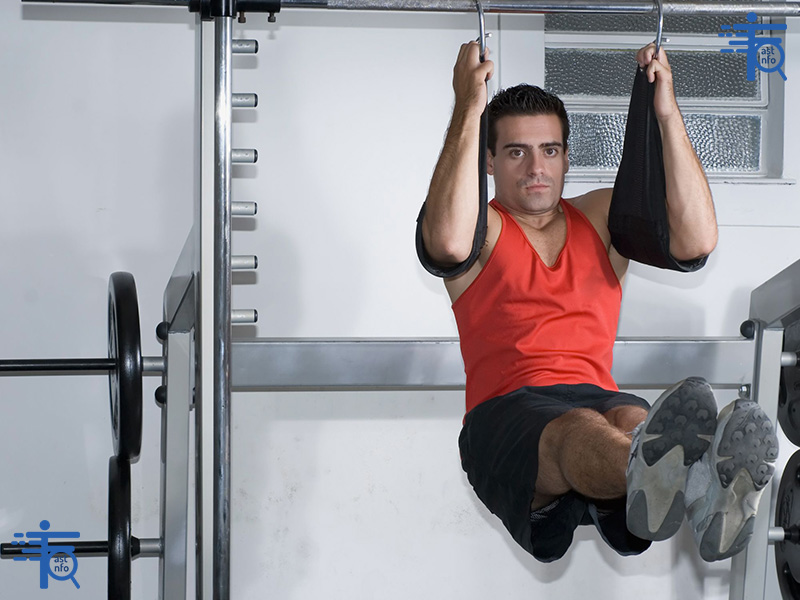
Tips for All Fitness Levels
- Focus on Form: Proper technique is key to avoiding injury and maximizing results.
- Breathe: Exhale during the exertion phase (e.g., when lifting) and inhale during the relaxation phase.
- Progress Gradually: Start with easier modifications and increase difficulty as you get stronger.
- Mix It Up: Incorporate a variety of exercises to target all areas of the core (front, sides, and lower back).
- Consistency: Aim to train your core 2-3 times per week for best results.
Beginner moves
If you’re new to working out, starting with beginner-friendly exercises is a great way to build strength, improve mobility, and establish a fitness routine. Here are some simple yet effective beginner moves that target different muscle groups:
Full-Body Beginner Moves
- Bodyweight Squats
- How to do it: Stand with feet shoulder-width apart. Lower your hips back and down as if sitting in a chair, then return to standing.
- Modification: Use a chair for support or squat to a higher depth.
- Benefits: Strengthens legs and glutes.
- Wall Push-Ups
- How to do it: Stand facing a wall, place your hands on it at shoulder height, and perform a push-up motion.
- Modification: Move your feet closer to the wall for less resistance.
- Benefits: Builds upper body strength.
- Marching in Place
- How to do it: Stand tall and lift your knees one at a time, as if marching. Swing your arms for added movement.
- Modification: Slow down the pace or reduce the range of motion.
- Benefits: Improves coordination and gets your heart rate up.
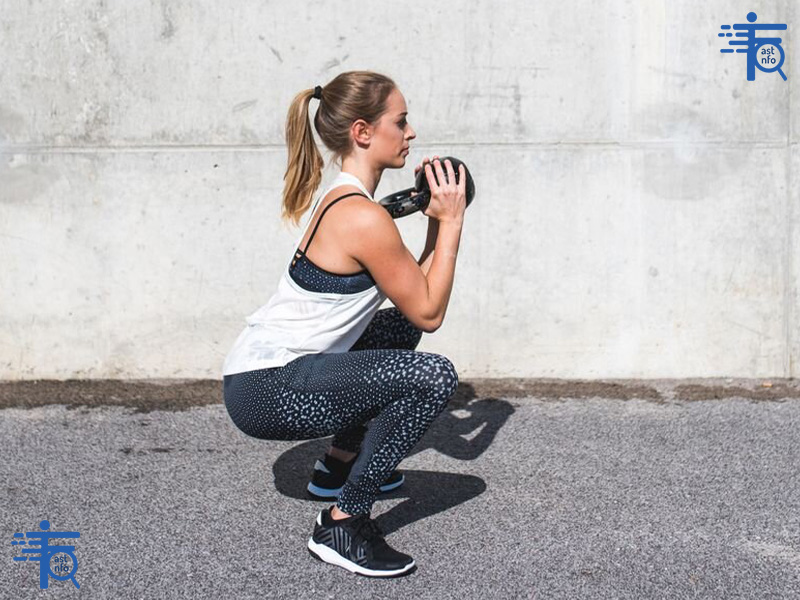
Lower Body Beginner Moves
- Glute Bridges
- How to do it: Lie on your back with knees bent and feet flat on the floor. Lift your hips toward the ceiling, then lower back down.
- Modification: Keep both feet on the ground.
- Benefits: Strengthens glutes and lower back.
- Step-Ups
- How to do it: Step onto a low bench or stair with one foot, then bring the other foot up. Step back down and repeat.
- Modification: Use a lower step or hold onto a railing for balance.
- Benefits: Builds leg strength and balance.
- Standing Leg Lifts
- How to do it: Stand tall and lift one leg to the side, front, or back, then lower it slowly.
- Modification: Hold onto a chair for support.
- Benefits: Improves balance and strengthens hips.
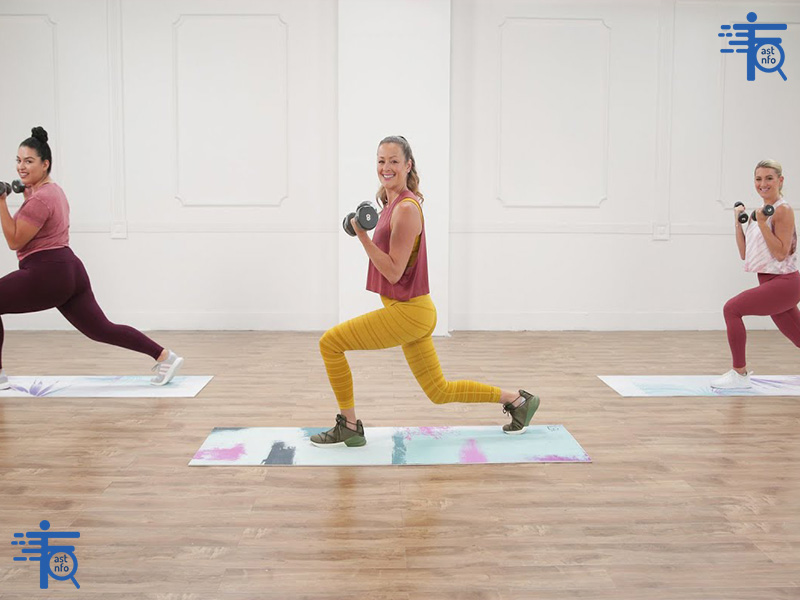
Upper Body Beginner Moves
- Arm Circles
- How to do it: Extend your arms out to the sides and make small circles forward and backward.
- Modification: Reduce the size of the circles or do one arm at a time.
- Benefits: Warms up the shoulders and improves mobility.
- Seated Dumbbell Press
- How to do it: Sit on a chair with light dumbbells (or water bottles). Press the weights overhead, then lower them back down.
- Modification: Use lighter weights or perform without weights.
- Benefits: Strengthens shoulders and arms.
- Bent-Over Rows (with Light Weights)
- How to do it: Hold light weights, hinge at the hips, and pull the weights toward your torso, squeezing your shoulder blades.
- Modification: Perform without weights or use resistance bands.
- Benefits: Targets the back and biceps.
Core Beginner Moves
- Modified Plank
- How to do it: Start on your knees and forearms, keeping your body in a straight line. Hold for 10-20 seconds.
- Modification: Hold for shorter periods or rest on your hands instead of forearms.
- Benefits: Builds core stability.
- Dead Bug
- How to do it: Lie on your back with arms extended toward the ceiling and knees bent at 90 degrees. Lower opposite arm and leg toward the floor, then return to start.
- Modification: Keep one leg stationary while moving the other.
- Benefits: Improves core control and coordination.
- Seated Knee Lifts
- How to do it: Sit on a chair with feet flat on the floor. Lift one knee toward your chest, then lower it back down.
- Modification: Hold onto the sides of the chair for support.
- Benefits: Engages the lower core.
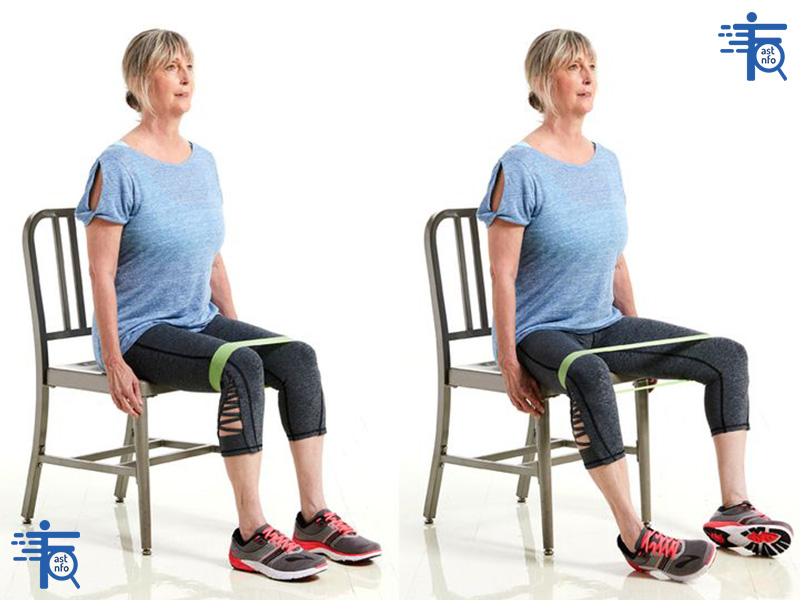
Cardio Beginner Moves
- Walking in Place
- How to do it: Stand tall and walk in place, lifting your knees slightly and swinging your arms.
- Modification: Slow down the pace or take smaller steps.
- Benefits: Gets your heart rate up and improves circulation.
- Step Touch
- How to do it: Step to the side with one foot, then bring the other foot to meet it. Add arm movements for variety.
- Modification: Reduce the range of motion or slow down.
- Benefits: Improves coordination and cardiovascular health.
- Modified Jumping Jacks
- How to do it: Step one foot out to the side while raising your arms, then return to the center. Alternate sides.
- Modification: Eliminate the arm movement or step more slowly.
- Benefits: Provides a low-impact cardio option.
Tips for Beginners
- Start Slow: Focus on mastering proper form before increasing intensity.
- Warm Up: Spend 5-10 minutes warming up with light cardio (e.g., walking in place or arm circles).
- Rest as Needed: Take breaks between exercises or sets to catch your breath.
- Stay Consistent: Aim for 2-3 workouts per week to build a habit.
- Listen to Your Body: If something feels uncomfortable or painful, stop and modify the exercise.
These beginner moves are a great starting point for building strength, improving mobility, and boosting confidence in your fitness journey. As you progress, you can gradually increase the intensity and try more advanced exercises!
Intermediate moves
If you’ve mastered beginner exercises and are ready to take your fitness to the next level, intermediate moves can help you build strength, endurance, and overall fitness. These exercises are more challenging but still accessible with proper form and technique. Here are some great intermediate moves to incorporate into your routine:
Full-Body Intermediate Moves
- Push-Ups
- How to do it: Start in a high plank position with hands under shoulders. Lower your body until your chest nearly touches the floor, then push back up.
- Progression: Add a tempo (e.g., 3 seconds down, 1 second up) or elevate your feet.
- Benefits: Builds upper body and core strength.
- Burpees
- How to do it: Start standing, drop into a squat, kick your feet back into a plank, perform a push-up, jump your feet back to your hands, and explode upward.
- Progression: Add a push-up or jump higher at the end.
- Benefits: Combines strength and cardio for a full-body workout.
- Kettlebell Swings
- How to do it: Hold a kettlebell with both hands, hinge at the hips, and swing the kettlebell to shoulder height using your hips and glutes.
- Progression: Use a heavier kettlebell or perform single-arm swings.
- Benefits: Strengthens the posterior chain (glutes, hamstrings, lower back) and improves power.
Lower Body Intermediate Moves
- Lunges
- How to do it: Step one foot forward and lower your hips until both knees are bent at 90 degrees. Push back to the starting position.
- Progression: Add dumbbells or perform walking lunges.
- Benefits: Targets quads, glutes, and hamstrings while improving balance.
- Bulgarian Split Squats
- How to do it: Stand in a lunge position with your back foot elevated on a bench or step. Lower your hips until your front thigh is parallel to the floor, then push back up.
- Progression: Hold dumbbells or increase the range of motion.
- Benefits: Builds unilateral leg strength and stability.
- Step-Ups with Knee Drive
- How to do it: Step onto a bench or box with one foot, then drive the opposite knee upward. Step back down and repeat.
- Progression: Hold dumbbells or increase the height of the step.
- Benefits: Strengthens legs and improves balance.
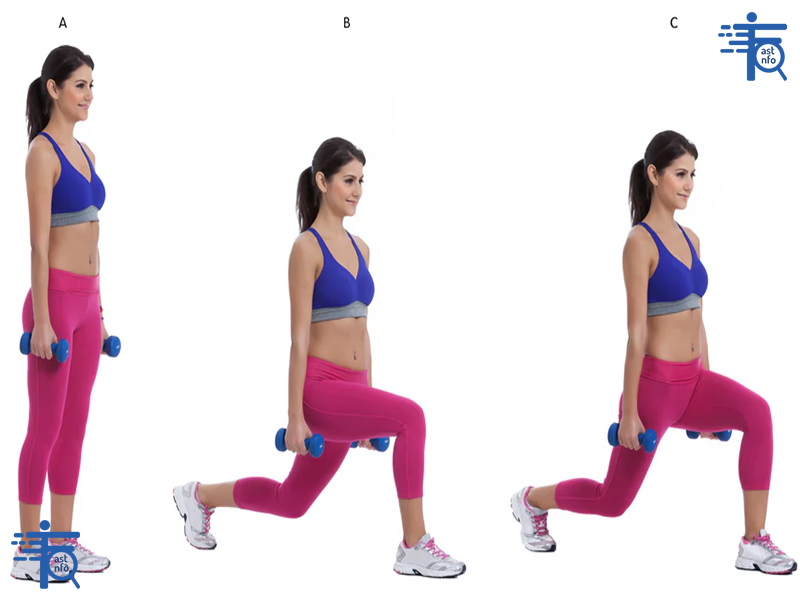
Upper Body Intermediate Moves
- Pull-Ups
- How to do it: Hang from a pull-up bar with an overhand grip. Pull your body up until your chin is above the bar, then lower back down.
- Progression: Use a resistance band for assistance or perform negative pull-ups (slowly lowering yourself).
- Benefits: Builds back, shoulder, and arm strength.
- Dumbbell Bench Press
- How to do it: Lie on a bench with dumbbells in hand. Press the weights upward until your arms are fully extended, then lower them back down.
- Progression: Increase the weight or perform on an incline bench.
- Benefits: Strengthens the chest, shoulders, and triceps.
- Bent-Over Rows
- How to do it: Hold dumbbells, hinge at the hips, and pull the weights toward your torso, squeezing your shoulder blades.
- Progression: Use a barbell or increase the weight.
- Benefits: Targets the back and biceps.
Core Intermediate Moves
- Plank with Arm/Leg Lift
- How to do it: Start in a high plank position. Lift one arm and the opposite leg, hold for a few seconds, then switch sides.
- Progression: Increase the hold time or add a resistance band.
- Benefits: Improves core and shoulder stability.
- Russian Twists
- How to do it: Sit on the floor with knees bent and lean back slightly. Hold a weight or medicine ball and twist your torso side to side.
- Progression: Lift your feet off the ground or use a heavier weight.
- Benefits: Works the obliques and improves rotational strength.
- Hollow Body Hold
- How to do it: Lie on your back and lift your legs and shoulders off the ground, keeping your lower back pressed into the floor. Hold the position.
- Progression: Extend your arms overhead or increase the hold time.
- Benefits: Builds core strength and endurance.
Cardio Intermediate Moves
- Mountain Climbers
- How to do it: Start in a high plank position. Drive one knee toward your chest, then quickly switch legs in a running motion.
- Progression: Increase speed or add a push-up every 10 reps.
- Benefits: Combines core strength with cardio.
- Jump Squats
- How to do it: Perform a bodyweight squat, then explode upward into a jump. Land softly and repeat.
- Progression: Add a pause at the bottom or hold dumbbells.
- Benefits: Builds explosive power and leg strength.
- High Knees
- How to do it: Run in place, bringing your knees up to hip height while pumping your arms.
- Progression: Increase speed or add a jump.
- Benefits: Improves cardiovascular fitness and coordination.
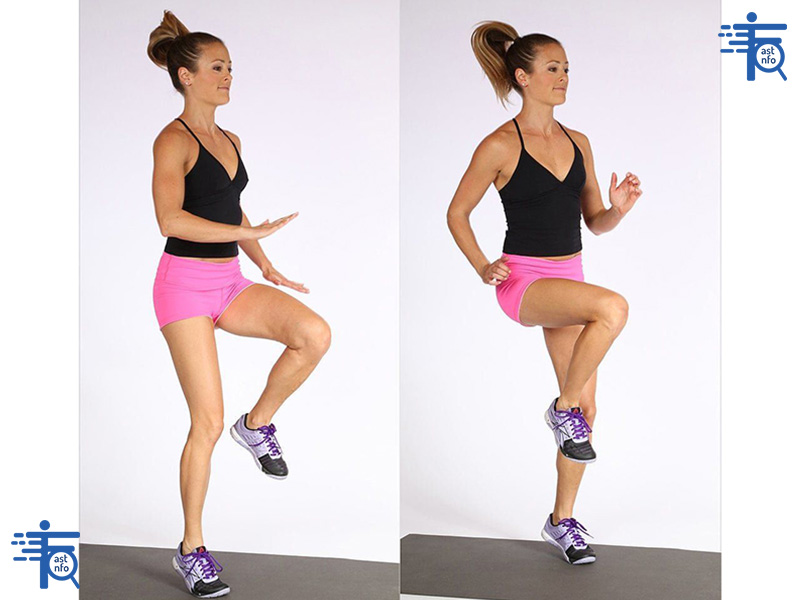
Tips for Intermediate Moves
- Focus on Form: Proper technique is crucial to avoid injury and maximize results.
- Progressive Overload: Gradually increase weight, reps, or intensity to continue challenging your body.
- Rest and Recover: Allow at least 48 hours of rest between strength training sessions for the same muscle groups.
- Mix It Up: Incorporate a variety of exercises to target all muscle groups and prevent plateaus.
- Stay Consistent: Aim for 3-4 workouts per week to see steady progress.
Advanced moves
If you’re an experienced exerciser looking to push your limits, advanced moves can help you build strength, power, and endurance while keeping your workouts exciting and challenging. These exercises require a solid foundation of strength, mobility, and coordination. Here are some advanced moves to take your fitness to the next level:
Full-Body Advanced Moves
- Muscle-Ups
- How to do it: Start with a pull-up on a bar, then transition your body over the bar into a dip position. Lower yourself back down.
- Progression: Practice explosive pull-ups and dips separately before combining them.
- Benefits: Builds upper body and core strength while improving coordination.
- Handstand Push-Ups
- How to do it: Kick up into a handstand against a wall. Lower your head toward the floor, then push back up.
- Progression: Use a resistance band for assistance or perform pike push-ups.
- Benefits: Strengthens shoulders, triceps, and core.
- Clean and Press
- How to do it: Lift a barbell or dumbbells from the floor to your shoulders (clean), then press it overhead.
- Progression: Increase weight or focus on speed and power.
- Benefits: Builds full-body strength and explosive power.
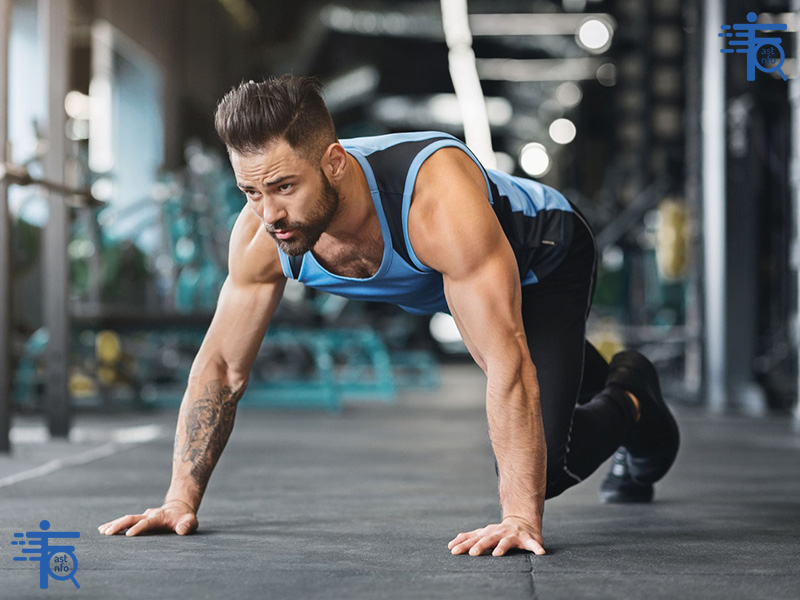
Lower Body Advanced Moves
- Pistol Squats
- How to do it: Stand on one leg and lower your body into a squat while keeping the other leg extended in front of you. Push back up to standing.
- Progression: Use a bench for support or hold a weight for added resistance.
- Benefits: Builds unilateral leg strength and balance.
- Weighted Bulgarian Split Squats
- How to do it: Perform a Bulgarian split squat (back foot elevated) while holding heavy dumbbells or a barbell.
- Progression: Increase weight or add a pause at the bottom.
- Benefits: Targets quads, glutes, and hamstrings with added resistance.
- Box Jumps
- How to do it: Stand in front of a sturdy box or platform. Jump onto the box with both feet, then step back down.
- Progression: Increase the height of the box or add a weight vest.
- Benefits: Improves explosive power and leg strength.
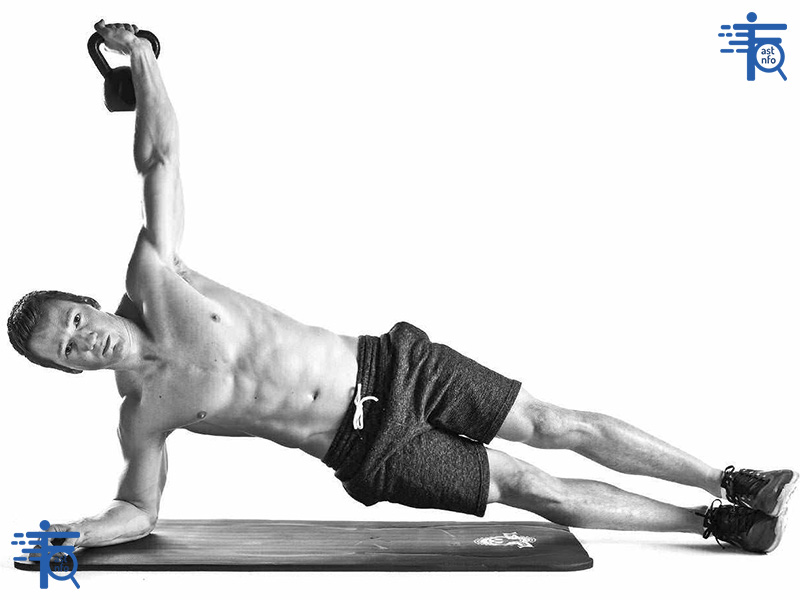
Upper Body Advanced Moves
- Weighted Pull-Ups
- How to do it: Perform a pull-up while wearing a weight belt or holding a dumbbell between your feet.
- Progression: Increase the weight or perform one-arm pull-up progressions.
- Benefits: Builds back, shoulder, and arm strength.
- Dips (Weighted)
- How to do it: Perform dips on parallel bars while wearing a weight belt or holding a dumbbell between your legs.
- Progression: Increase weight or slow down the tempo.
- Benefits: Strengthens chest, shoulders, and triceps.
- One-Arm Push-Ups
- How to do it: Perform a push-up while balancing on one arm and the opposite foot.
- Progression: Start with your feet wider apart or elevate your hand on a bench.
- Benefits: Builds upper body and core strength.
Core Advanced Moves
- Dragon Flag
- How to do it: Lie on a bench and grip the edge behind your head. Lift your body into a straight line, then slowly lower it back down.
- Progression: Perform with bent knees or reduce the range of motion.
- Benefits: Challenges the entire core with a focus on control.
- Hanging Leg Raises (Weighted)
- How to do it: Hang from a pull-up bar and lift your legs to 90 degrees while holding a dumbbell between your feet.
- Progression: Increase weight or perform windshield wipers (rotating legs side to side).
- Benefits: Builds lower core and grip strength.
- Ab Wheel Rollout
- How to do it: Kneel on the floor with an ab wheel in front of you. Roll the wheel forward while keeping your core tight, then pull back to start.
- Progression: Perform from a standing position or add a pause at full extension.
- Benefits: Builds core strength and stability.
Cardio Advanced Moves
- Double-Unders (Jump Rope)
- How to do it: Jump rope, spinning the rope twice under your feet with each jump.
- Progression: Increase speed or perform triple-unders.
- Benefits: Improves cardiovascular fitness and coordination.
- Sprint Intervals
- How to do it: Sprint at maximum effort for 20-30 seconds, then rest for 1-2 minutes. Repeat for 5-10 rounds.
- Progression: Increase sprint duration or reduce rest time.
- Benefits: Boosts speed, power, and endurance.
- Burpee Box Jumps
- How to do it: Perform a burpee, then jump onto a box at the end.
- Progression: Increase the height of the box or add a push-up.
- Benefits: Combines strength and cardio for a full-body challenge.
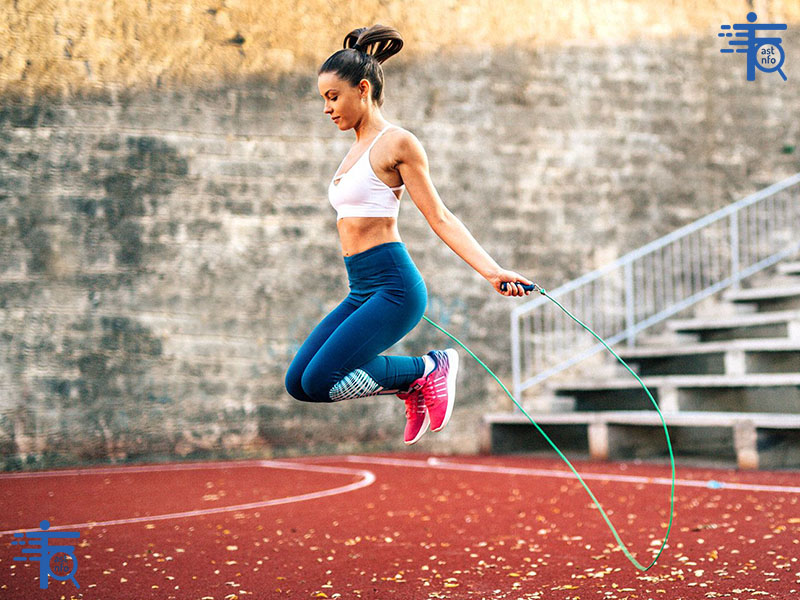
Tips for Advanced Moves
- Warm Up Thoroughly: Spend 10-15 minutes warming up to prepare your muscles and joints for intense exercise.
- Focus on Form: Advanced moves require precision to avoid injury. Prioritize proper technique over speed or weight.
- Progress Gradually: Master the basics before attempting advanced variations. Use progressions to build up to the full movement.
- Rest and Recover: Allow adequate recovery time between workouts to prevent overtraining and injury.
- Listen to Your Body: If something feels off, stop and reassess. Advanced moves can be risky if performed incorrectly.
By incorporating these advanced moves into your routine, you’ll continue to challenge your body, break through plateaus, and achieve new levels of strength, power, and fitness!

fastinfosearch site provides the best information
Suggested content:





No comment